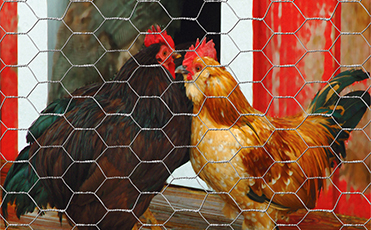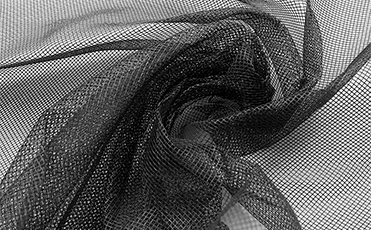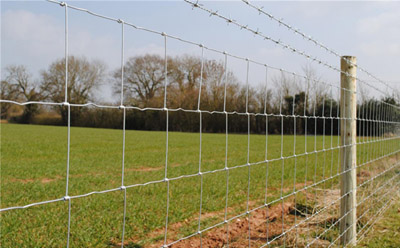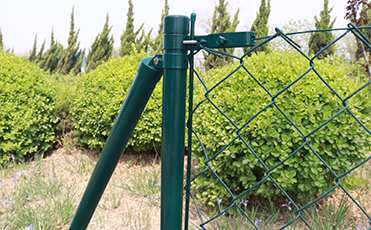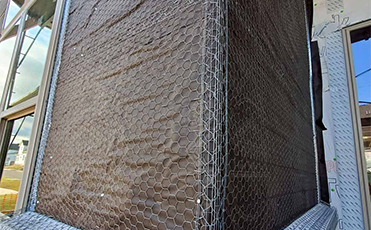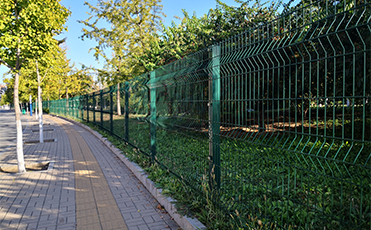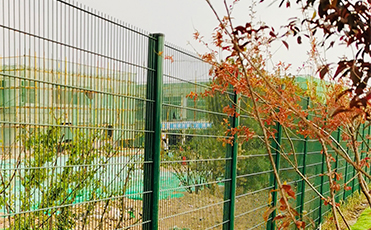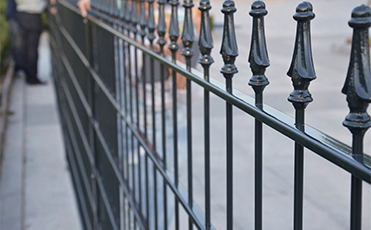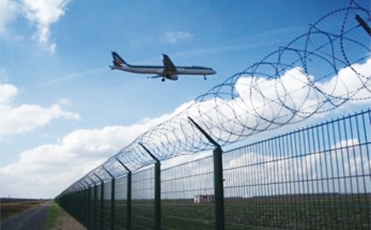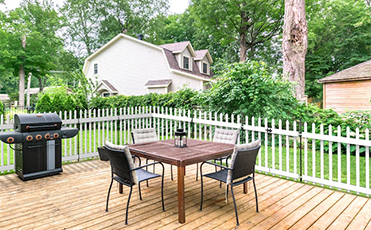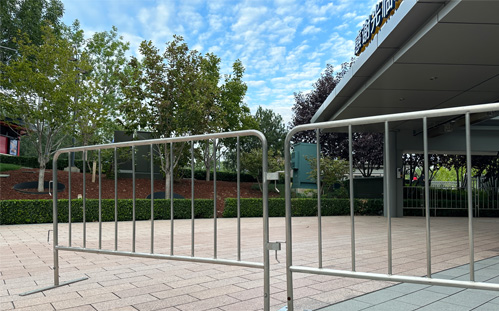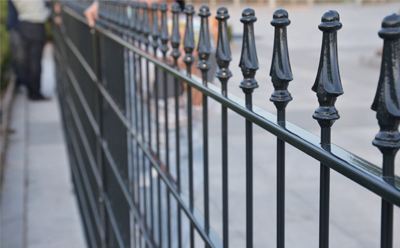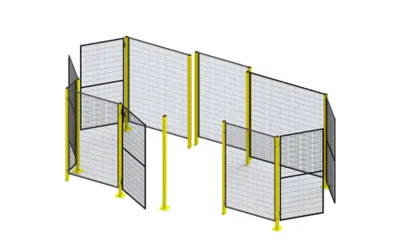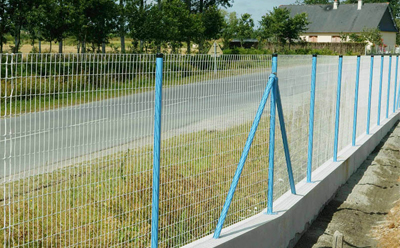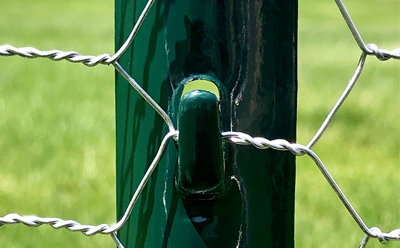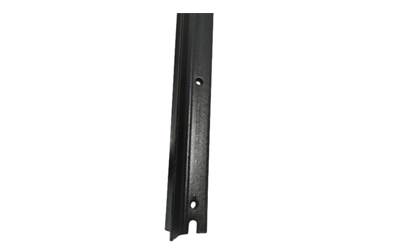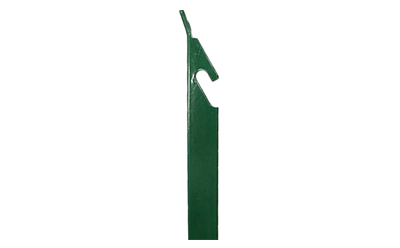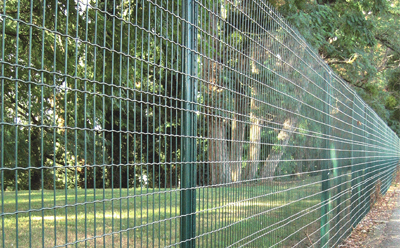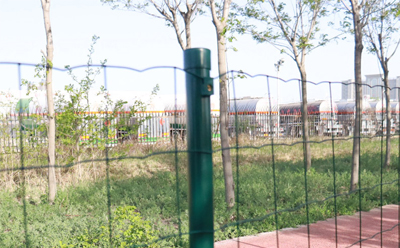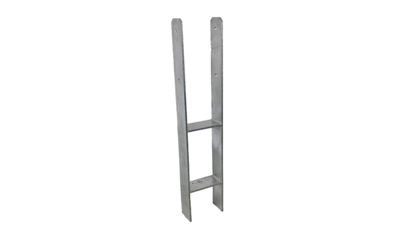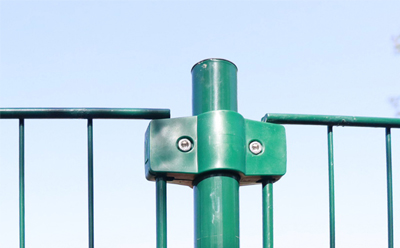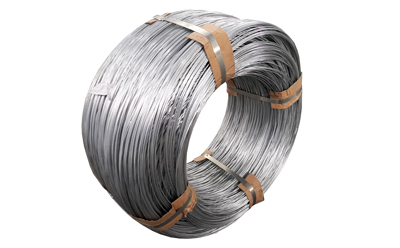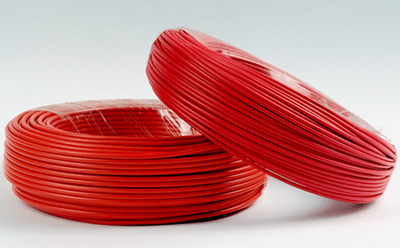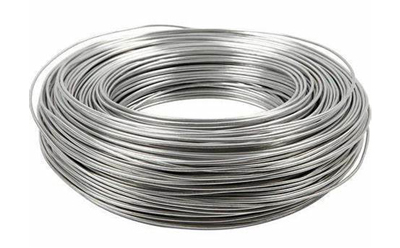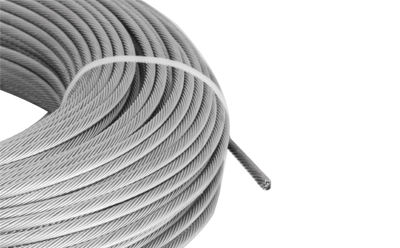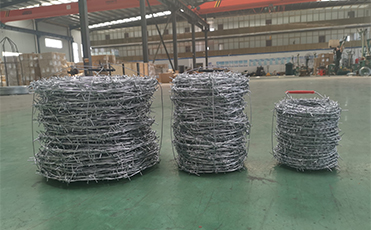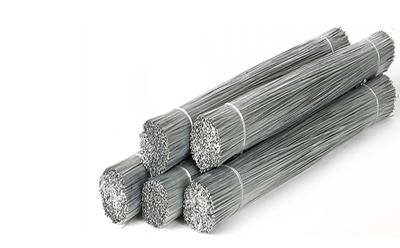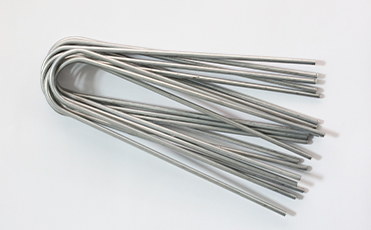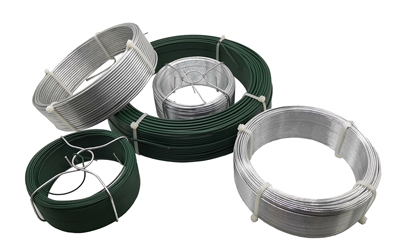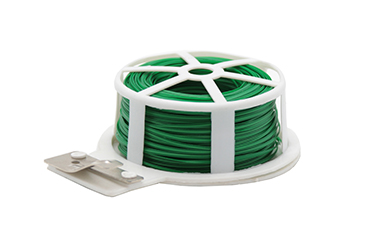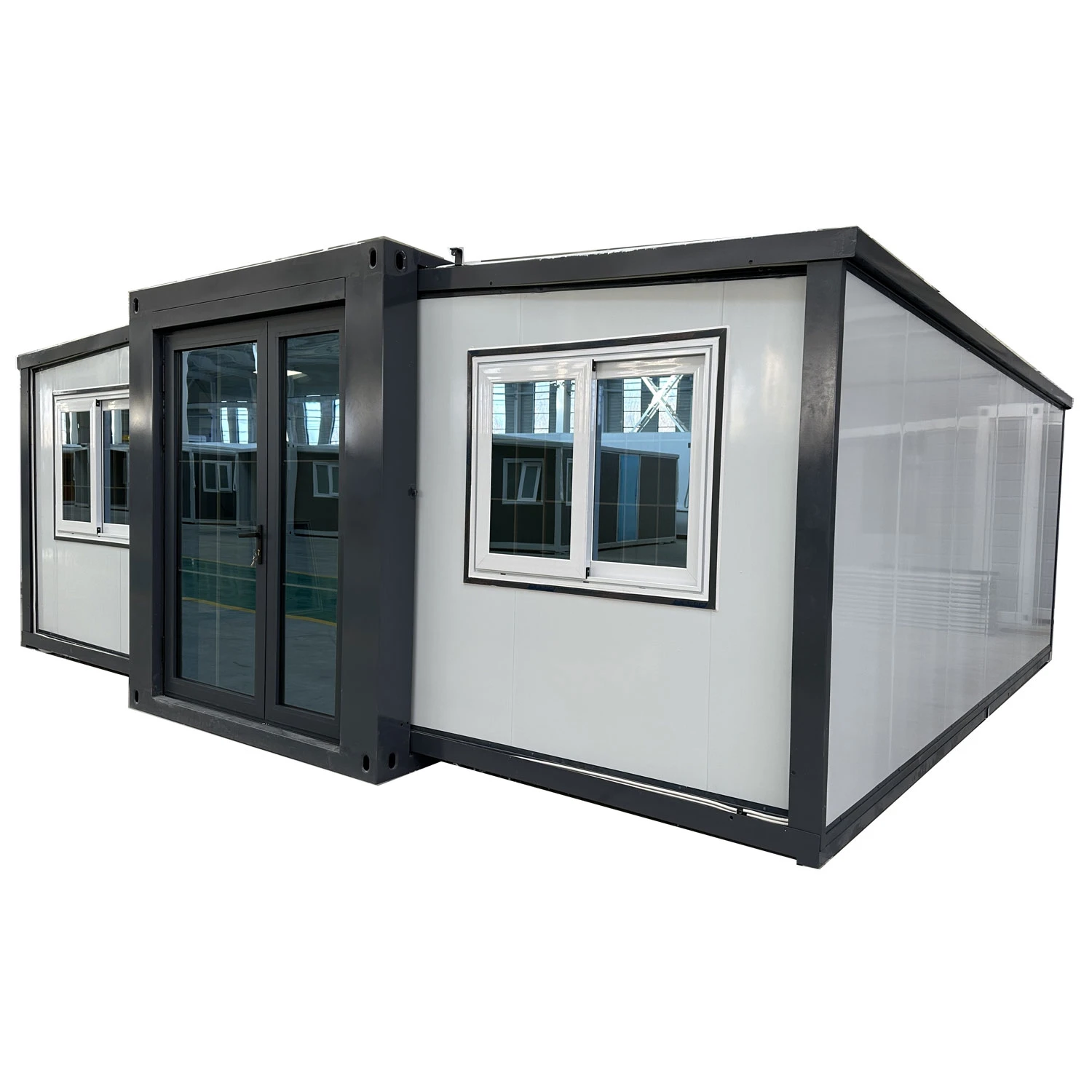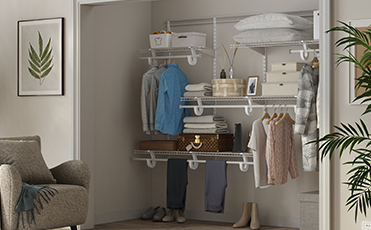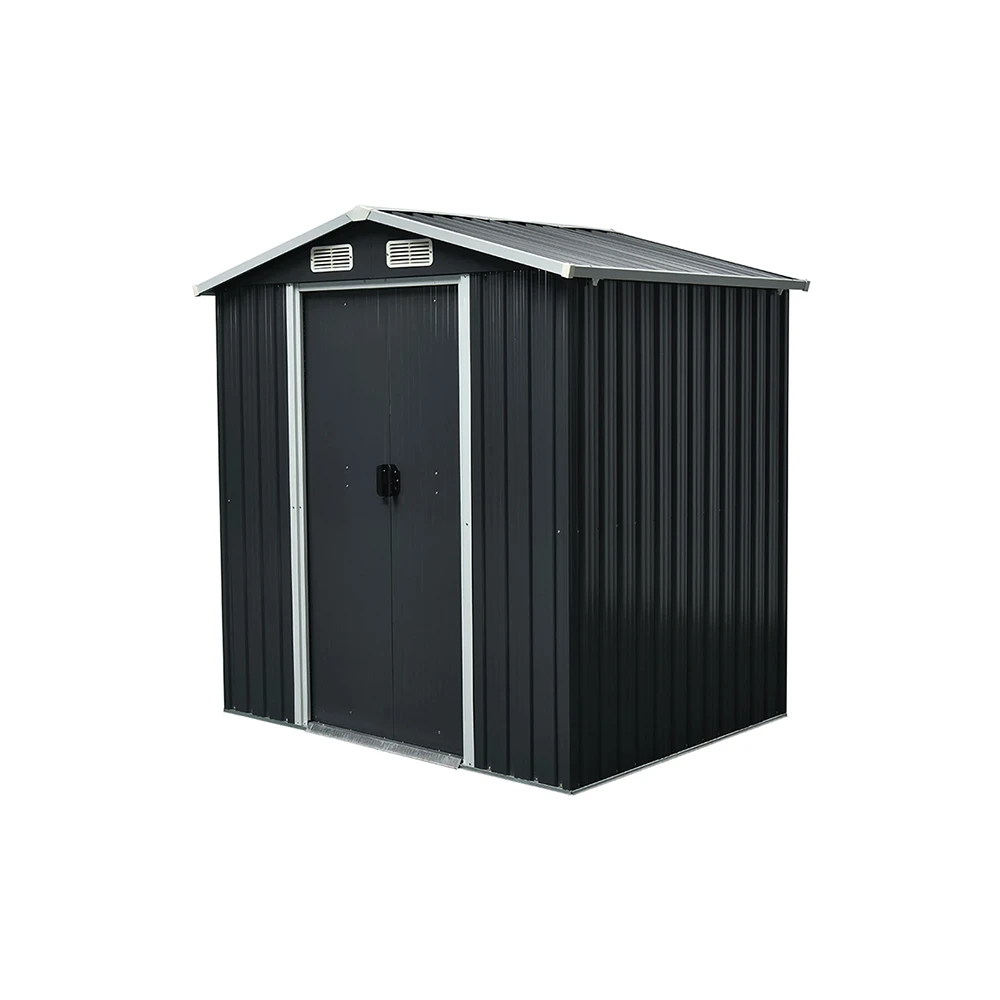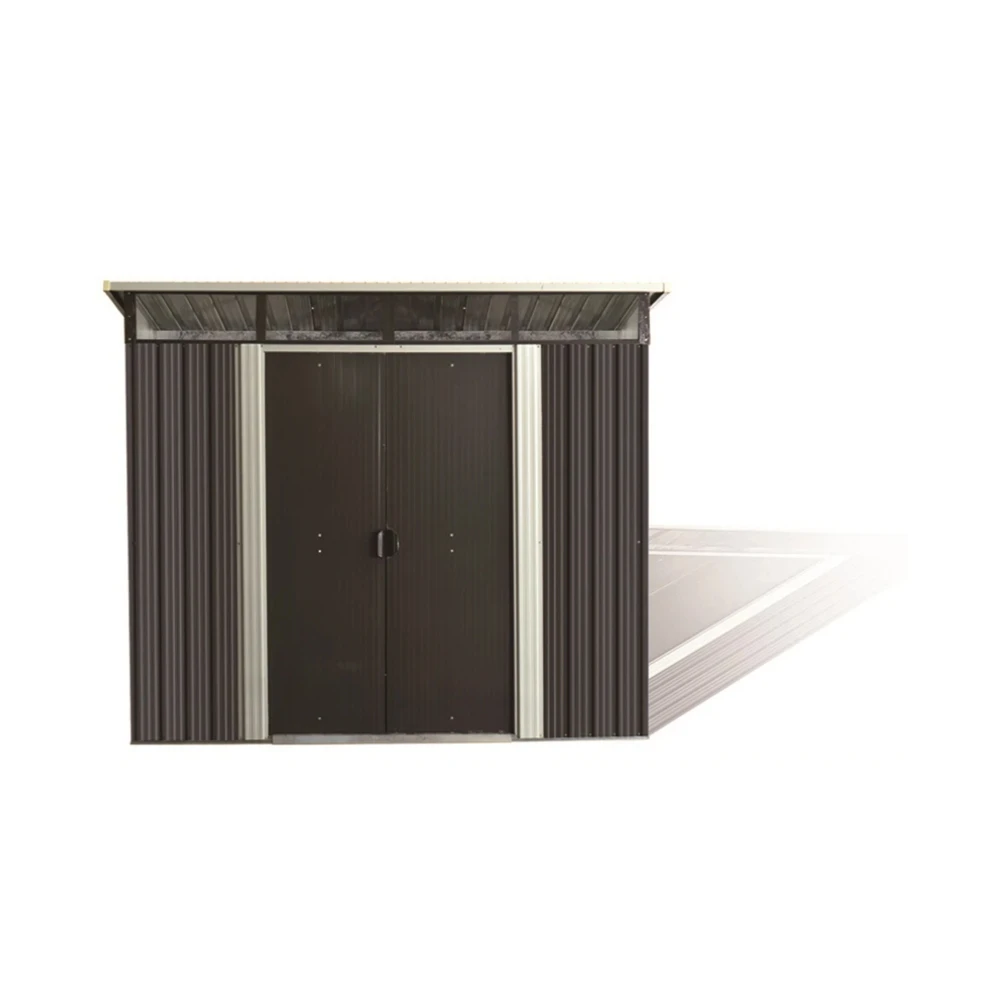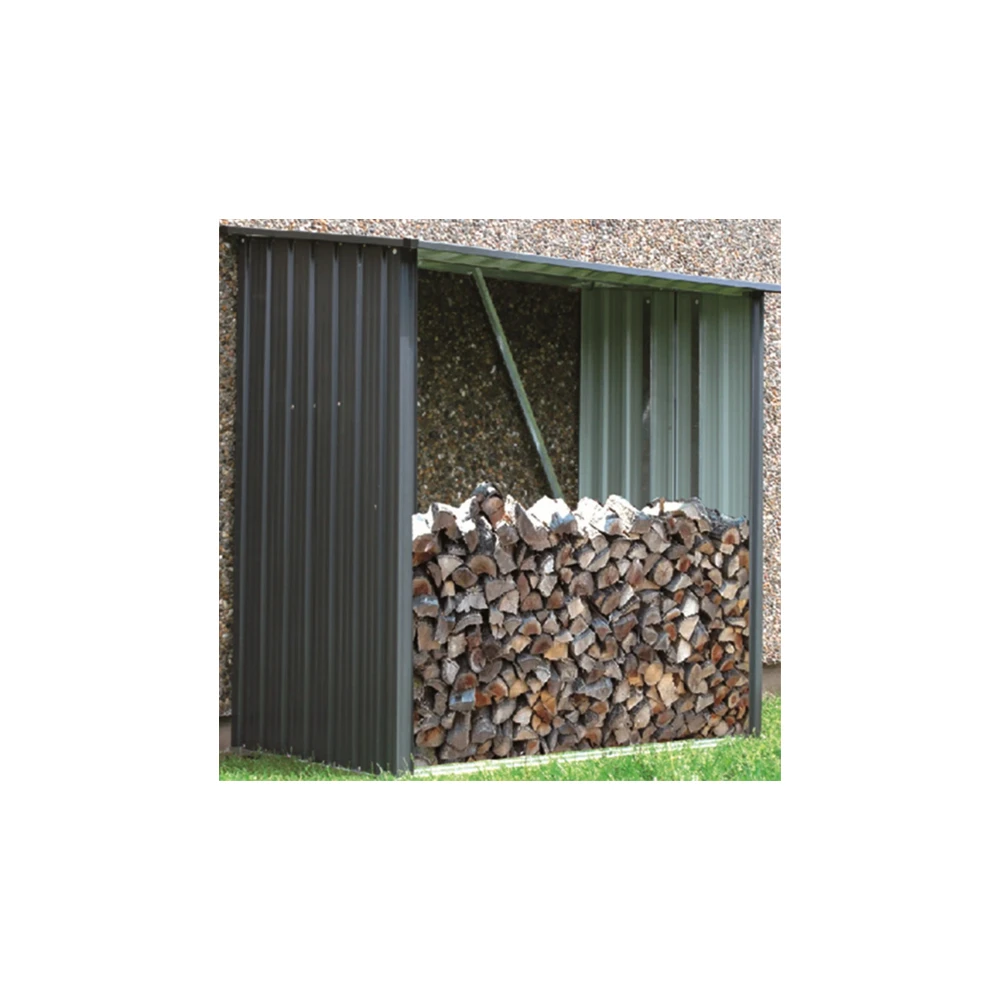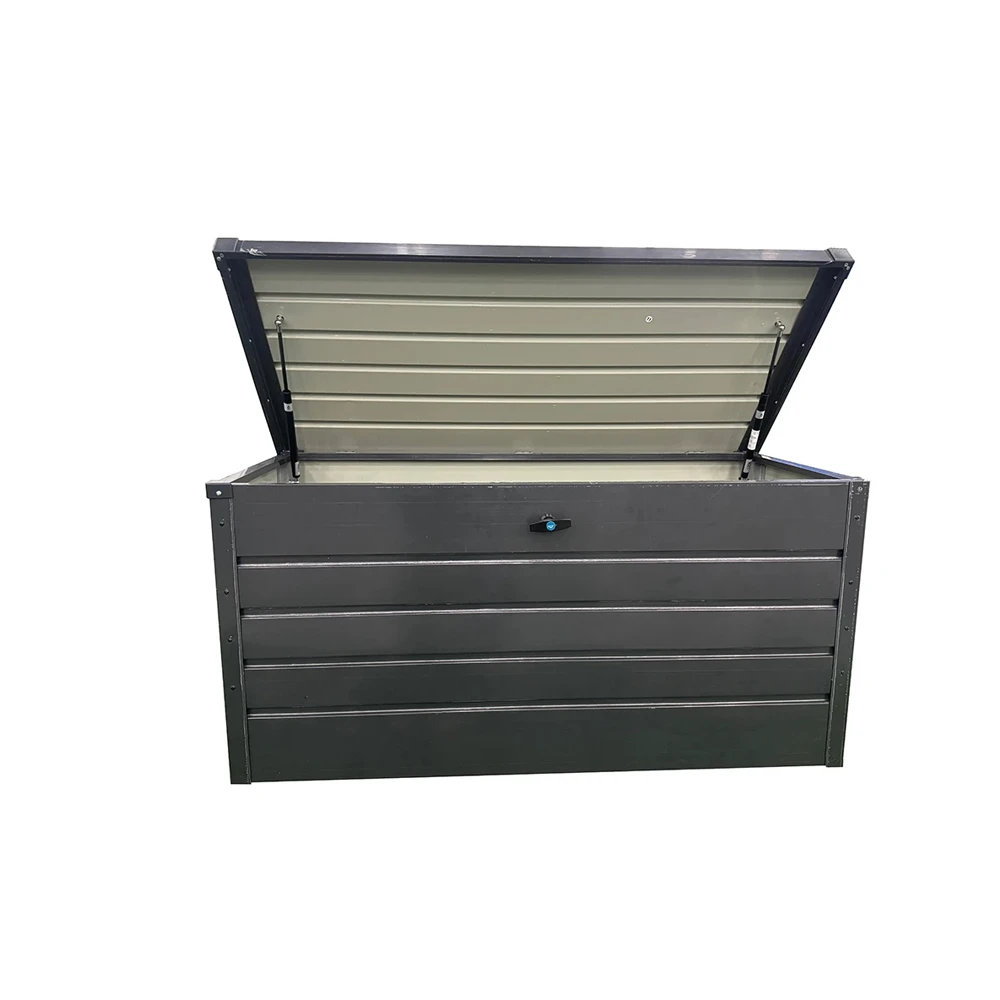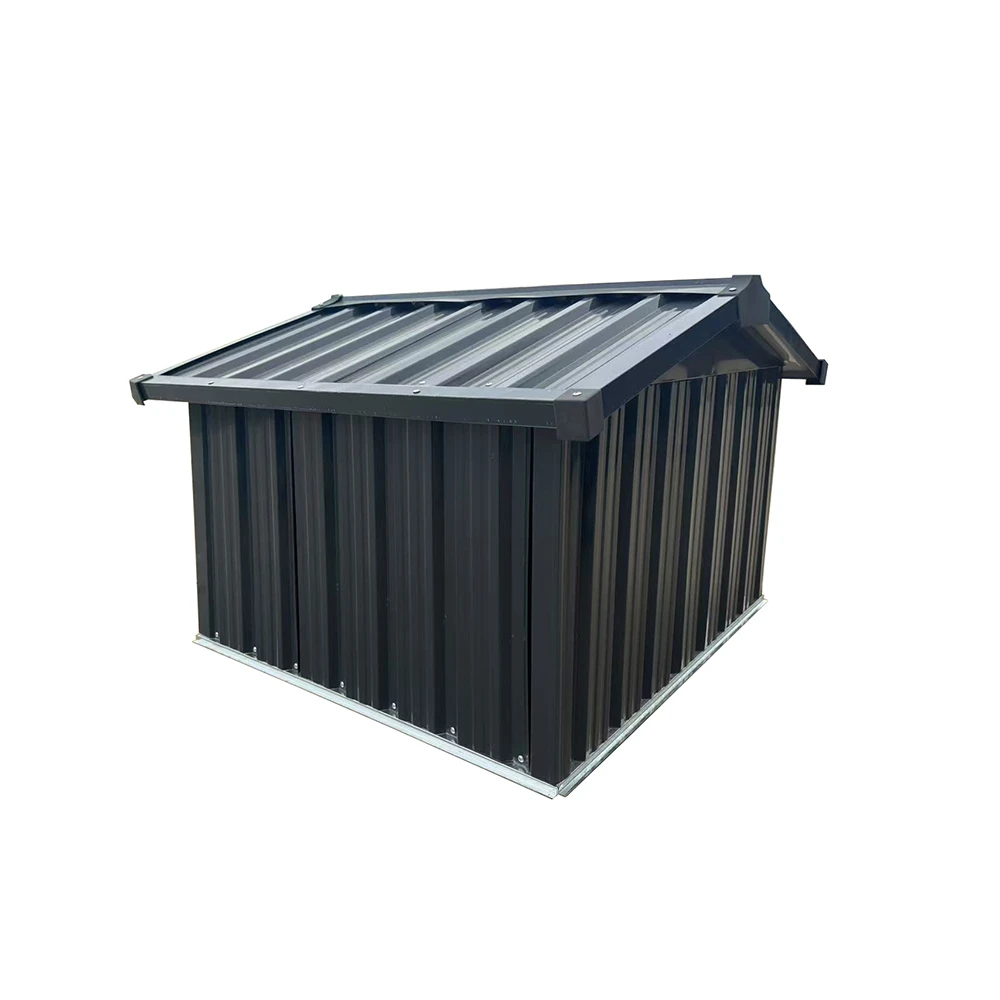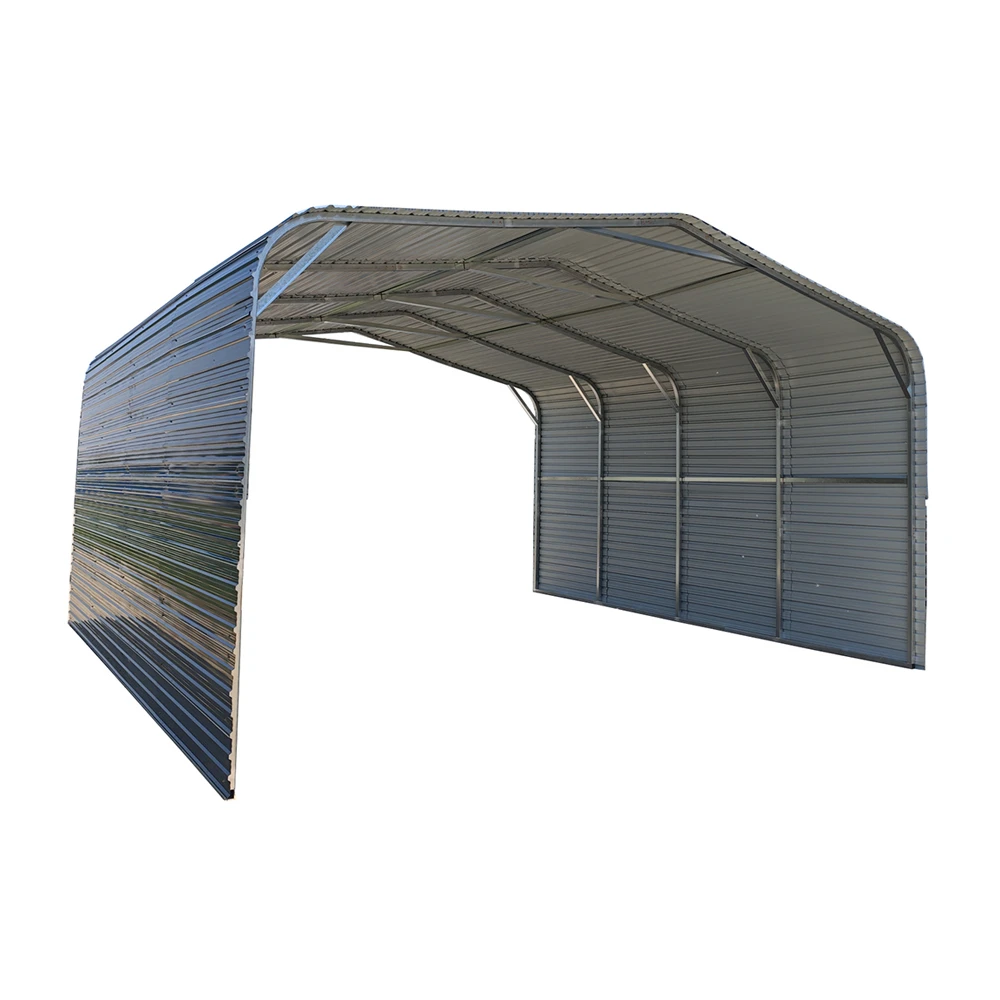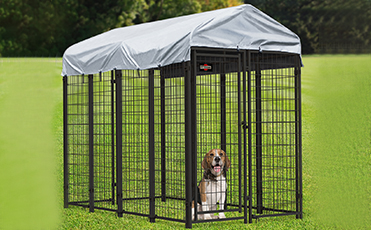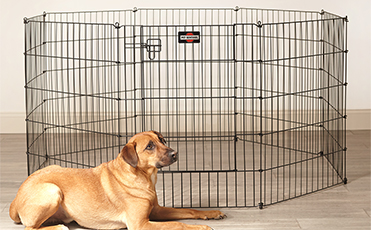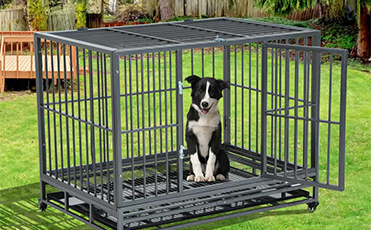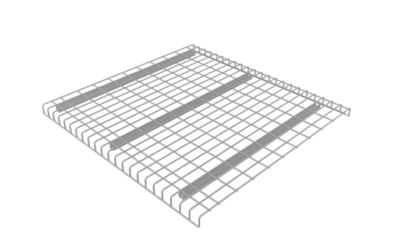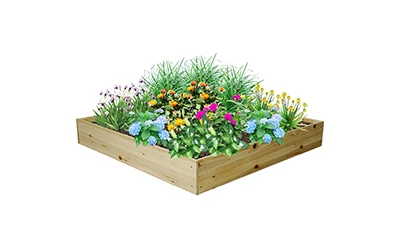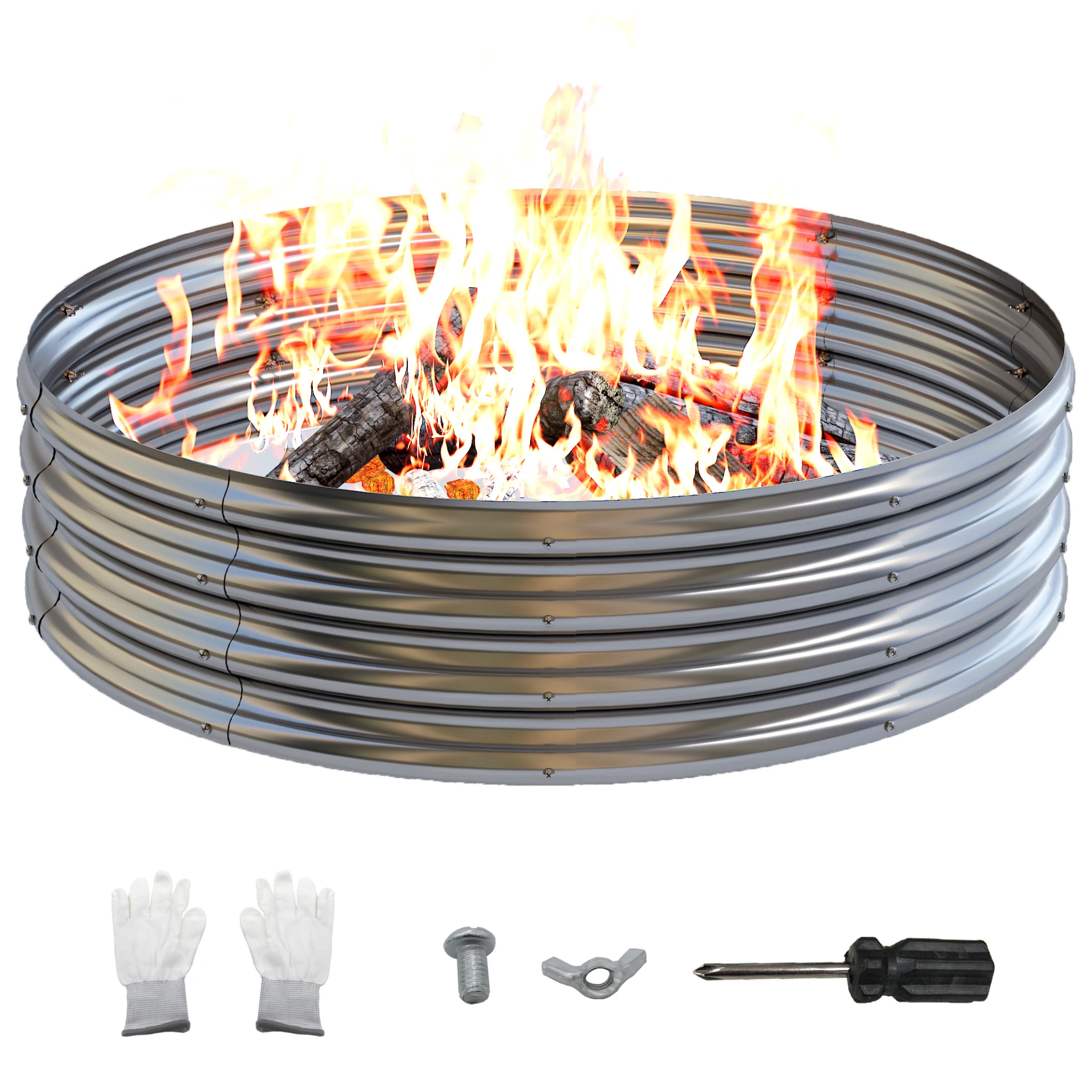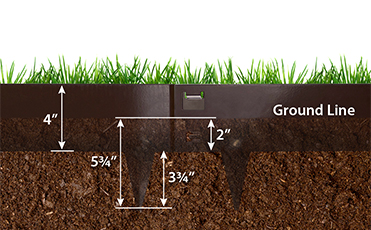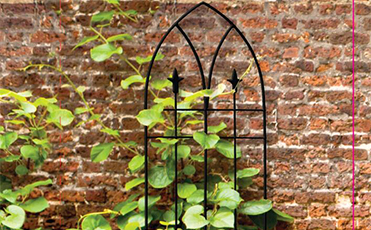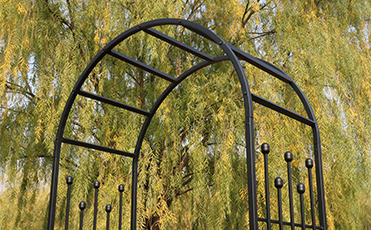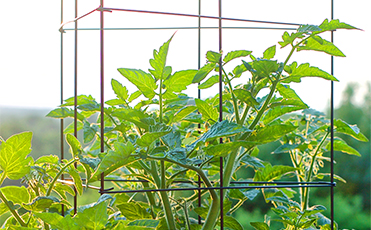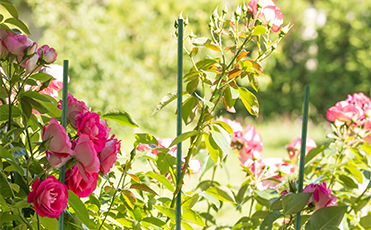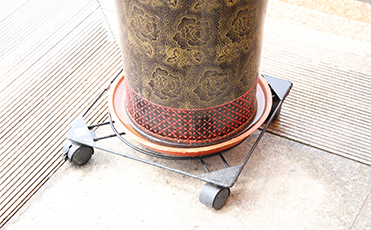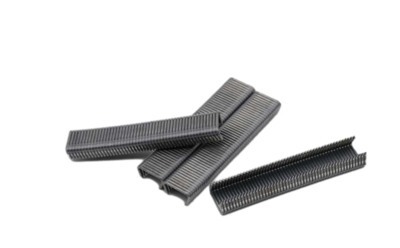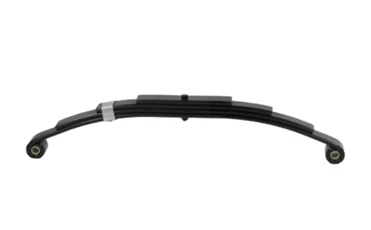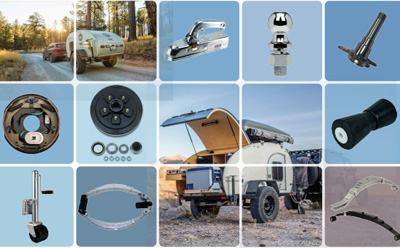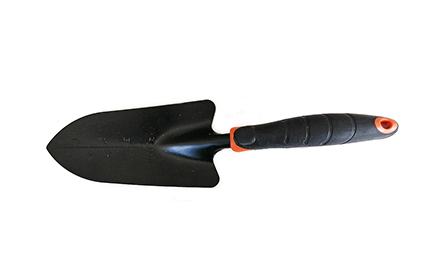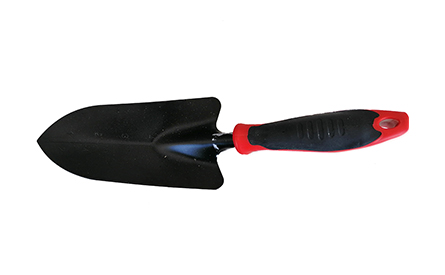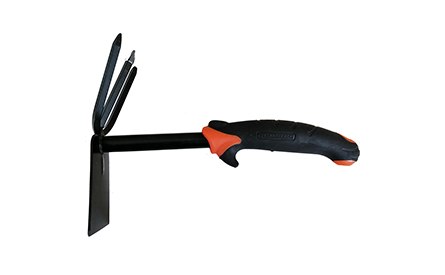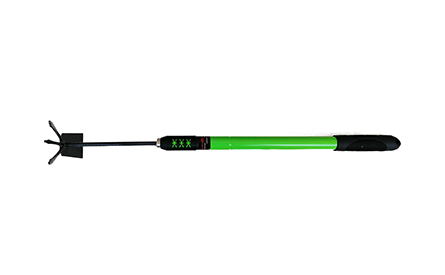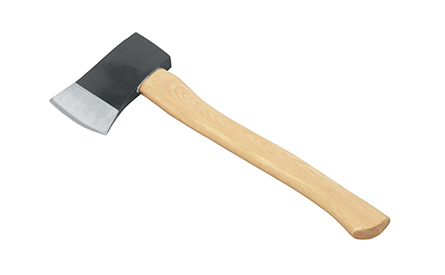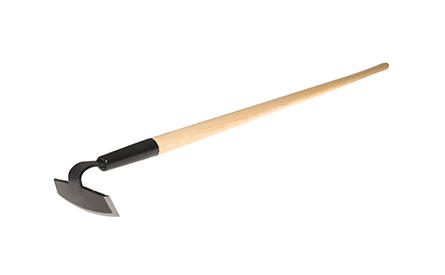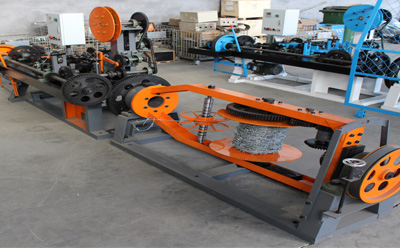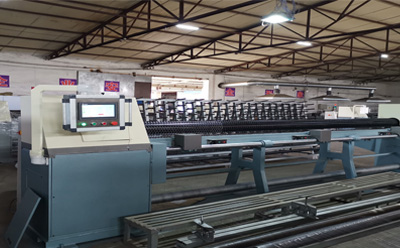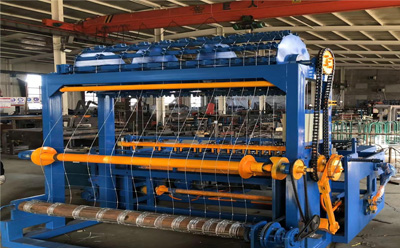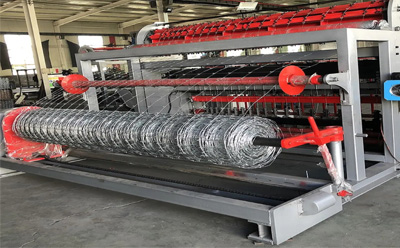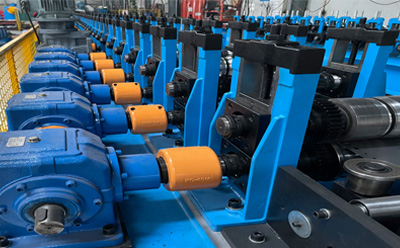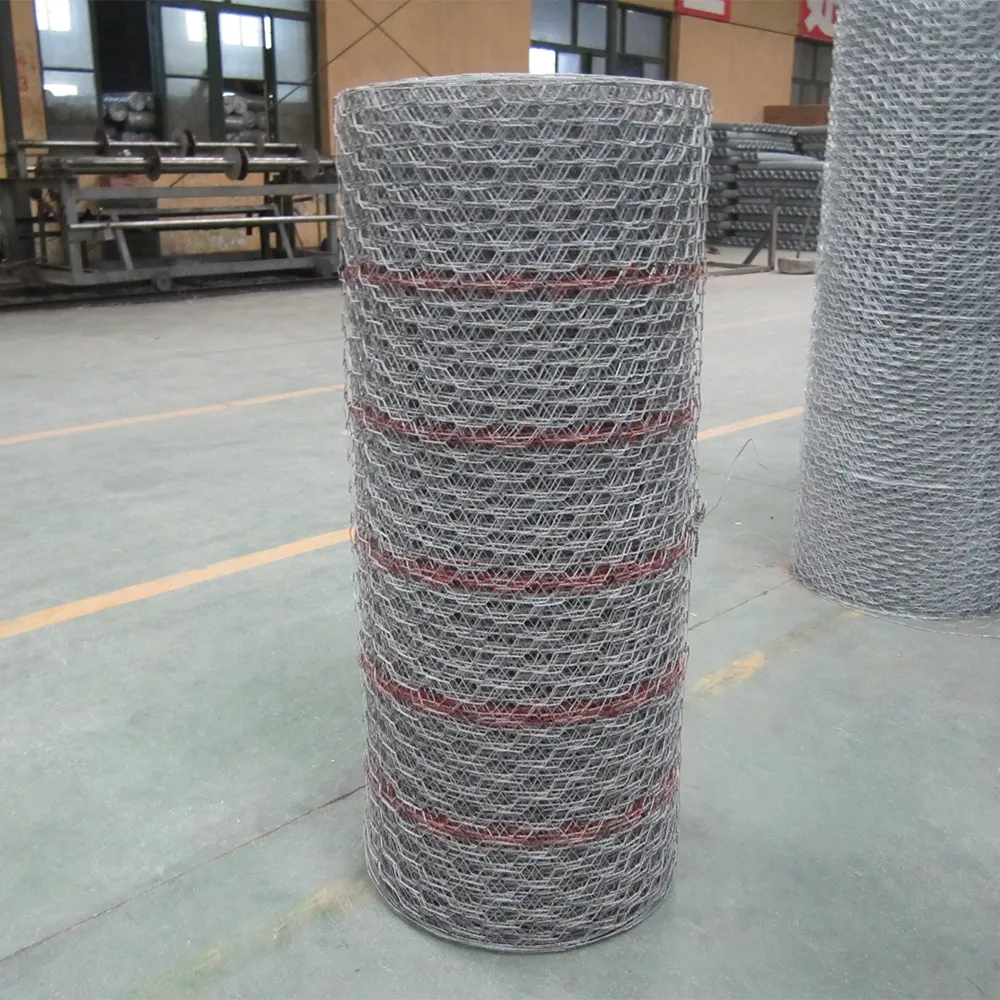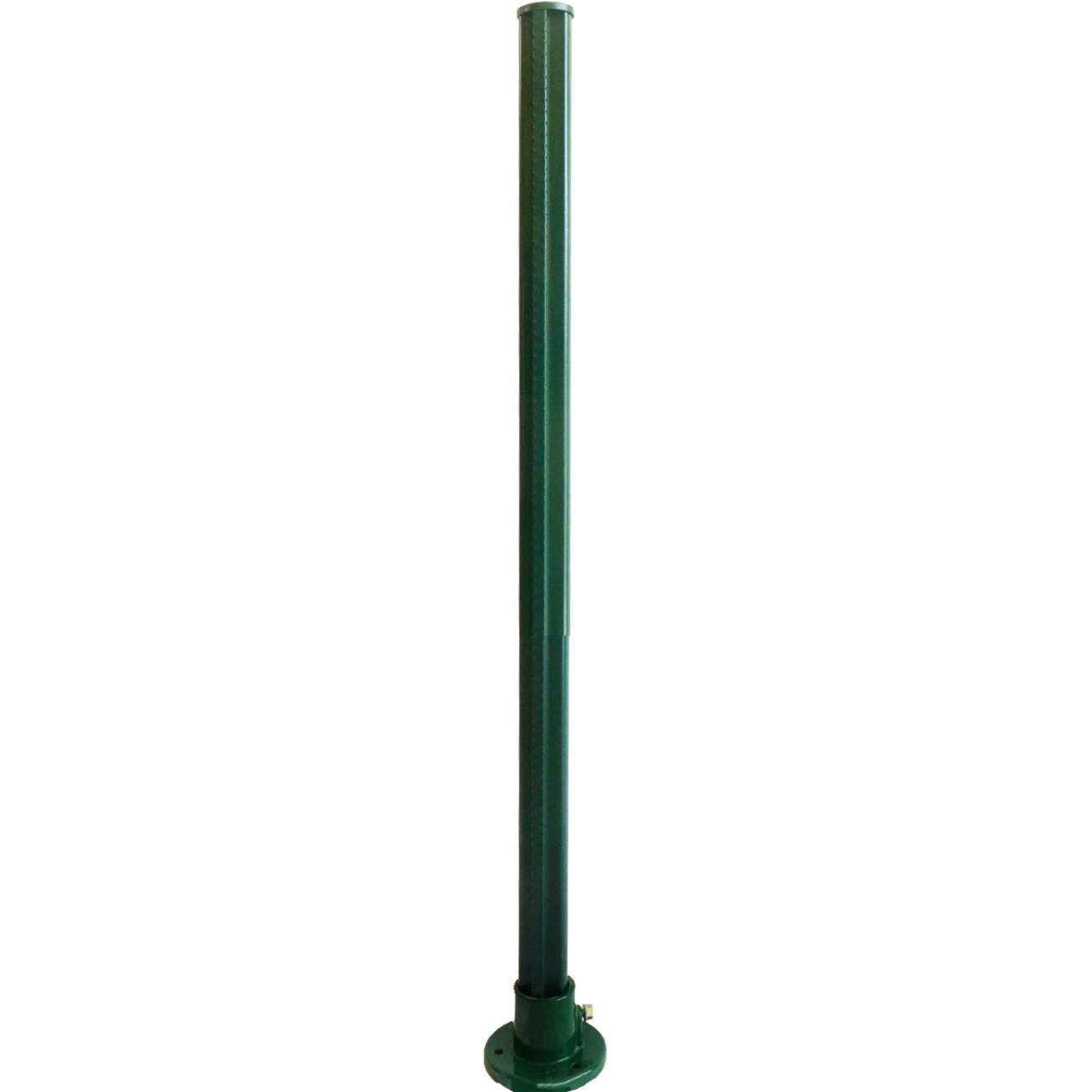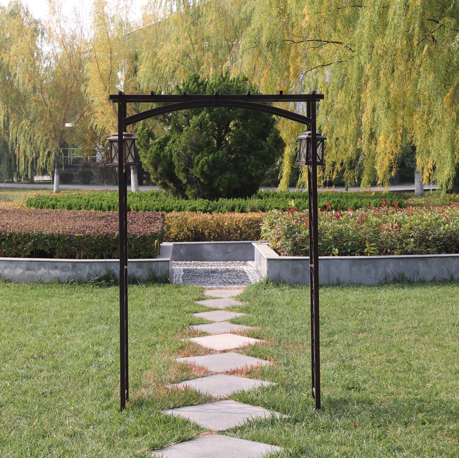Related News
Wire Garden Fence: Durable & Stylish Garden Protection
Jul . 31, 2025 18:40
Wire Garden Fence has become an essential component for modern landscaping, horticulture, and perimeter security. This in-depth guide covers latest industry trends, core technical specs, application scenarios, and compares top manufacturers, finishes, and customization options. All content references international standards and real-world data to ensure authority and practical value.

1. Global Industry Overview & Trend Analysis
The Wire Garden Fence market is projected to reach USD 3.2 Billion in 2025 (source), driven by urban landscaping, home gardening, and eco-conscious boundary solutions. The focus on anti-corrosive coatings, sustainable materials, and cost-effective manufacturing boosts demand from residential, commercial, and public sectors.
- Growth CAGR: 5.3% (2021-2026)
- Top Regions: North America, Europe, APAC
- Key Applications: Home gardening, parks, villa boundaries, farm protection, sports grounds
- Main Trends: Modular fencing, extended lifespan, anti-UV & powder coating, green & decorative panels, easy DIY installation
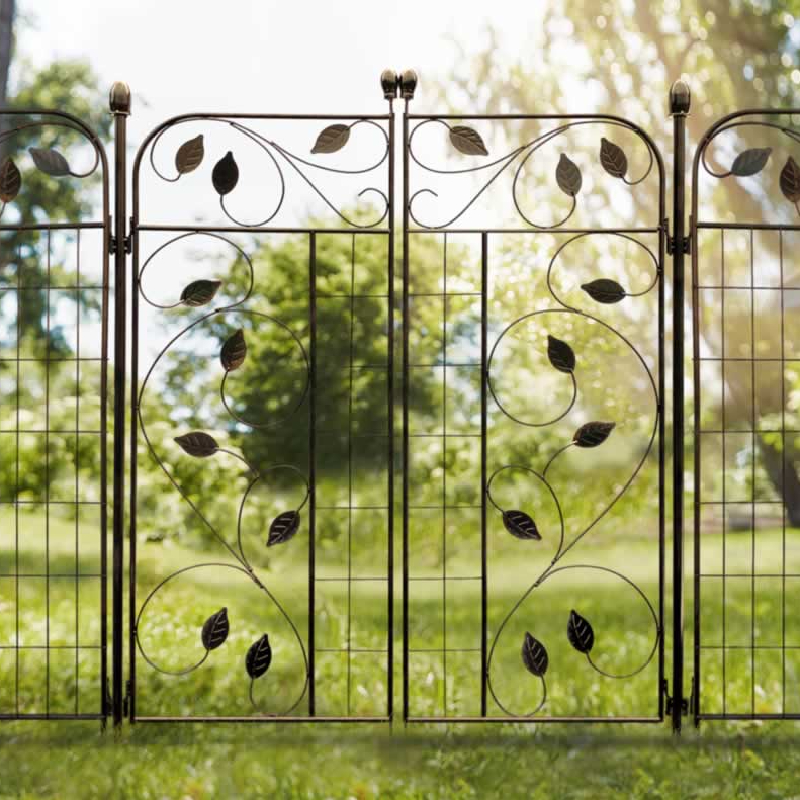
2. Technical Parameters & Product Specification Comparison
Selecting the right Wire Garden Fence requires understanding wire gauge, mesh size, finish, durability, and international standards (ISO, ASTM, ANSI). Below is a summary table of key technical specs commonly offered in the industry.
| Parameter | Standard Value | Industry Range | Standard/Certification |
|---|---|---|---|
| Wire Diameter (mm) | 2.0 - 4.0 | 1.5 ~ 5.0 mm | ISO 6892, ASTM A641 |
| Mesh Opening (mm) | 50 x 50, 75 x 75 | 25 x 25 ~ 100 x 100 | ISO 2768 |
| Fence Height (m) | 1.0 / 1.2 / 1.5 / 1.8 / 2.0 | 0.6 ~ 2.5 m | ANSI A13.1 |
| Panel Length (m) | 2.5 / 3.0 | 1.5 ~ 3.0 m | ISO 9001 |
| Finish | Hot-dip galvanized / PVC coated | Galvanized, powder coated, painted | ASTM F1043 / ISO 1461 |
| Corrosion Test | Salt Spray > 500hrs | ≥ 240 hrs (ISO 9227) | ISO 9227 |
| Lifespan | 15+ Years | 8 - 20 Years | Manufacturer Test, SGS |

3. Manufacturing Process of Wire Garden Fence
The performance and service life of Wire Garden Fence products heavily depends on precise manufacturing according to global quality standards (ISO/ANSI/SGS). Below is a comprehensive overview of the typical industrial process deployed by leading companies:
Manufacturing Flowchart:
High-Quality Steel Wire Selection
Sourcing low-carbon steel (Q195, Q235) wire rods with ISO 9001 and RoHS certification ensures ductility, tensile strength, and corrosion resistance.
Wire Drawing & Straightening
Automated Wire Drawing (CNC-controlled) reduces diameter to spec; straightening removes deformations for optimal mesh uniformity.
Welding or Woven Mesh Processing
High-precision mesh is formed via Automatic Resistance Welding (for rigidity) or weaving (for flexibility). Welding conforms to ISO 14343 standards for joint integrity.
Cutting/Bending/Forming
CNC cutters and hydraulic bending machines shape mesh into panels/rolls. Dimensional tolerances observed per ISO 2768-mK.
Surface Finishing
Hot-dip Galvanizing (per ISO 1461) or durable PVC Powder Coating enhances weather and corrosion resistance, meeting 500hr+ Salt Spray test (ISO 9227).
Final Inspection & Packaging
Finished panels are visually, dimensionally, and mechanically tested (ISO 2859), then packed by shrink wrapping or wooden crate for shipment.

4. Data Visualization: Fence Type Comparison
To aid buyers and engineers in selecting the most suitable Wire Garden Fence type, below are comparative charts visualizing the distinct performance attributes among the popular finishes and mesh configurations.
5. Application Scenarios & Competitive Advantages
Wire Garden Fence solutions are widely deployed in both decorative and functional contexts, including gardens, orchards, animal enclosures, sports facilities, and public infrastructures. Advantages of advanced fence technology include:
- Weather-Proof: Multi-layer treatments resist rust, UV, humidity.
- Easy Installation: Panel modularity & DIY tools reduce onsite labor 30% (Fenceworks Co.).
- Excellent Rigidity: Welded joints meet ISO 14343 yielding high structural load, ideal for security applications.
- Varied Color Choices: Custom green/black/white coatings blend into landscaping, enhancing aesthetics.
- Eco-Friendly: Recyclable steel, non-toxic PVC, lead-free paints.
- Long Life Cycle: 10-20 years service in outdoor conditions (SGS tested, see charts above).
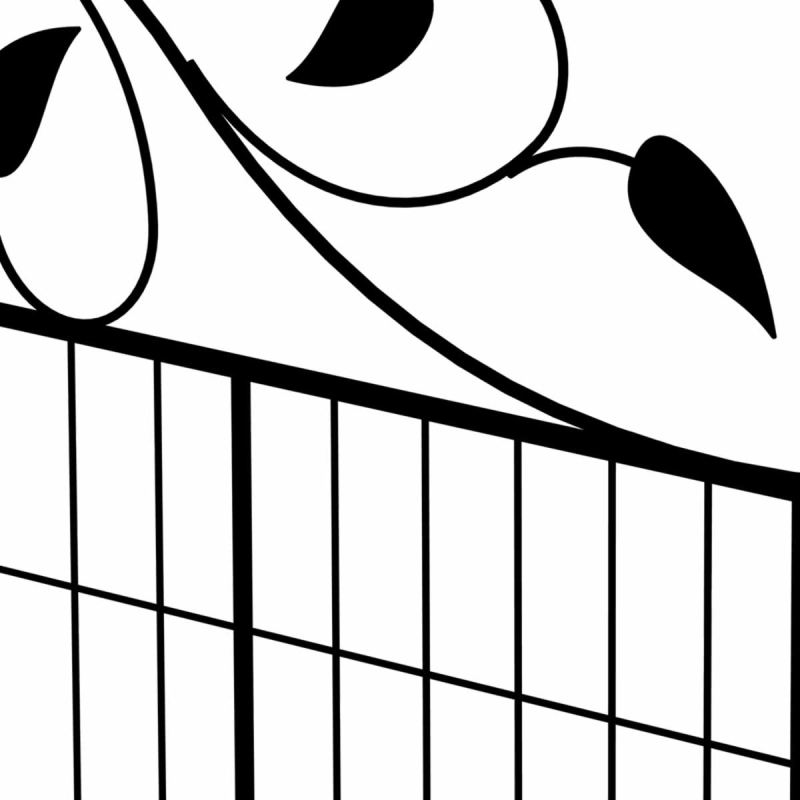
6. Leading Manufacturers & Brand Comparison
| Manufacturer | Base Country | Main Finish | Certifications | Annual Output (t) | Clients |
|---|---|---|---|---|---|
| Hebei Metals & Mesh (Wire Garden Fence) | China | PVC, HDG, Powder coat | ISO9001, SGS, ANSI | 12,000 | Jardiland EU, HomeDepot CN, African Farms |
| Bekaert | Belgium | Galvanized, Painted | ISO14001, ASTM | 15,000 | Garden World, Leroy Merlin |
| Tornado Wire | UK | Galvanized | ISO9001, EN 10244-2 | 9,000 | UK Local Authorities |
| Master Halco | USA | PVC, Powder | ASTM F1043, ISO9001 | 10,000 | US Landscaping |
When choosing a supplier, consider not just price, but production scale, certifications, testing protocols, and after-sales record. Wire Garden Fence by Hebei Metals offers extended warranties and complies with the most demanding international standards.
7. Customization Options & Solutions
Advanced Wire Garden Fence providers offer fully customized services to match client needs. Typical customization parameters include:
- Panel Height & Length: Adjustable to site plans, modular extensions.
- Mesh Opening / Wire Gauge: Adaptable for animal safety, privacy, and anti-intrusion.
- Color Matching: RAL color code selection for visual integration.
- Gate Integration: Single/double swing, sliding gates, self-closing mechanisms.
- Logo Branding: Laser marking or sign board attachment.
- Special Coatings: Enhanced anti-rust finish for marine or chemical plant use.
- Packing Style: Palletized, crate-packed, customized labeling for large distributive networks.
Turnkey solutions typically include pre-drilled posts, anchor kits, and digital installation guides, reducing project lead times and error risks.
8. Case Studies – Real-World Applications
Case 1: Urban Landscape Revitalization (Paris City Park, France)
2023: Wire Garden Fence modular panels (green PVC, 1.5m high) installed to protect new plantings from public and pests. Result: 35% reduction in maintenance, improved public safety, and increased park aesthetics.
Case 2: High-Security Farm Fencing (Western Australia)
Stainless steel clad Wire Garden Fence, with 2.5mm wire and tamper-proof fasteners, successfully deters animal breach and resists harsh coastal weather. Service life exceeded 20 years (tested with ISO 9227).
Case 3: Sports Complex Perimeter (Dubai, UAE)
Powder coated fences (RAL6005, 2.0m height) passed SGS tensile/impact standards, enabling safe play boundary and anti-theft protection.
2023: Wire Garden Fence modular panels (green PVC, 1.5m high) installed to protect new plantings from public and pests. Result: 35% reduction in maintenance, improved public safety, and increased park aesthetics.
Case 2: High-Security Farm Fencing (Western Australia)
Stainless steel clad Wire Garden Fence, with 2.5mm wire and tamper-proof fasteners, successfully deters animal breach and resists harsh coastal weather. Service life exceeded 20 years (tested with ISO 9227).
Case 3: Sports Complex Perimeter (Dubai, UAE)
Powder coated fences (RAL6005, 2.0m height) passed SGS tensile/impact standards, enabling safe play boundary and anti-theft protection.
User testimonials show ongoing support, fast delivery, and effective technical guidance at each stage ("Hebei Metals solved delivery and measurement errors within 48hrs" – AliBaba Buyer Reviews).
9. Delivery, Warranty & Customer Support
- Production Lead Time: 7-15 working days after deposit, expedited orders available.
- Shipping: International sea, rail or air freight with full insurance. Real-time tracking provided.
- Warranty: Minimum 10-Year anti-corrosion warranty, 2-Year installation support.
- After Sales: On-site or remote installation service (video call guide); spare part supply exceeds 5 years.
- Certifications: Every batch with COC, ISO and 3rd-party SGS inspection report.
- Documentation: Full technical datasheet and installation manual included.
- Support: 24/7 hotline, email, WhatsApp and site engineer visit available on demand.
10. FAQ – Professional Terminology Explained
Q1. What is the recommended wire material for Wire Garden Fence durability?
A: Industry-standard is low-carbon steel (Q195/Q235) due to its balance of tensile strength, workability and anti-rust performance; marine-use recommends AISI 304/316L stainless steel.
Q2. What do mesh specifications like "50x50mm" mean?
A: Mesh size indicates the spacing between horizontal and vertical wires; "50x50mm" offers a balance for pet safety, visual transparency and intruder deterrence (per ISO 2768).
Q3. How does the powder coating process enhance fence longevity?
A: Powder coating bonds thermoset resin to the galvanized substrate at 180°C, producing a dense, UV, and impact-resistant sheath per ISO 12944, outperforming traditional painting.
Q4. What are anti-climb/anti-cut mesh types?
A: Mesh sizes ≤ 12.7×76.2 mm, with thick gauge (≥4mm), restrict climbing and cutting, critical for high-security gardens, playgrounds, or public venues (tested to ASTM F1912).
Q5. Which standards should Wire Garden Fence installation comply with?
A: Major projects follow ISO 1461 (galvanizing), ANSI A13.1 (safety color coding), and local construction codes; always demand supplier's test certificates.
Q6. How to maintain anti-corrosion performance?
A: Clean surface annually; check for coating integrity; reapply touch-up paint as recommended; avoid using acidic cleaners on PVC-coated fences.
Q7. What packaging meets export safety?
A: Wire Garden Fence panels are shrink-wrapped, then stacked on steel or wood pallets, plastic or bubble-covered, and edge-protected to ensure no transit deformation (see ISO 11607).
11. Conclusion & Authority References
Wire Garden Fence is a robust, versatile, and eco-friendly solution for modern greening and boundary protection. Always prioritize suppliers with proven industry experience, rigorous inspection, and credible warranty. Whether for functional, security, or landscape value, advanced manufacturing and standard-compliant fencing ensures long-term peace of mind.
Key References:
- ISO 9227 Corrosion Test Standard: https://www.iso.org/standard/49462.html
- Market Research Future – Garden Fence Trends 2023: https://www.marketresearchfuture.com/reports/garden-fence-market-7728
- ASTM Fence Spec: https://www.astm.org/f1043-18.html
- Gardening Know How, Fence Applications: https://www.gardeningknowhow.com/special/gardening-with-children/garden-fence-info.htm
- Construction Forum Analysis: https://www.thefenceforum.com/topic/38313-best-wire-garden-fence/
- ISO 9227 Corrosion Test Standard: https://www.iso.org/standard/49462.html
- Market Research Future – Garden Fence Trends 2023: https://www.marketresearchfuture.com/reports/garden-fence-market-7728
- ASTM Fence Spec: https://www.astm.org/f1043-18.html
- Gardening Know How, Fence Applications: https://www.gardeningknowhow.com/special/gardening-with-children/garden-fence-info.htm
- Construction Forum Analysis: https://www.thefenceforum.com/topic/38313-best-wire-garden-fence/
Copyright © 2025 Hebei Minmetals Co., Ltd. All Rights Reserved. Sitemap | Privacy Policy


